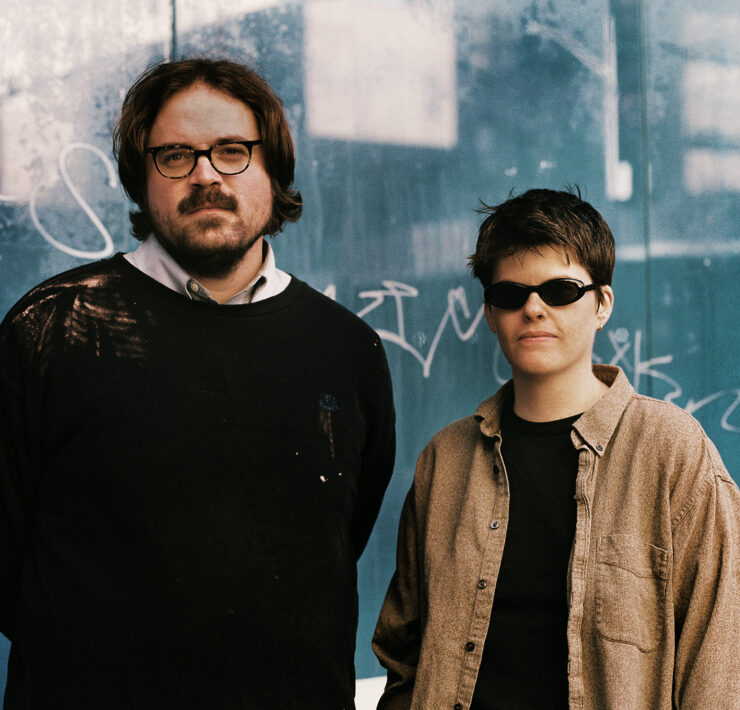The Prison Capital of Colorado: Fremont County’s Relationship to its Prisons

I have driven through Cañon City more times than I can count on my way to climb at Shelf Road. Coming from Summit County, I always enter this metropolis of 16,679 residents heading east on Route 50. The road descends quickly, passing between South Twin Mountain and the Royal Gorge. The vistas are sweeping and offer hints as to why so many people come to this area to bike, raft, and rock climb.
The gradient of the road evens out; there is a sharp left turn, and suddenly the streets of Cañon City occupy the space between sheer cliffs and pavement. Coming from this direction, the first building on the left is the Colorado Territorial Correctional Facility. The menacing, tall walls and barbed wire fences that surround the prison have always made me look twice, and I’ve never been able to drive by without thinking about what life behind those barriers must be like.
Opened in 1871, just over ten years after Cañon City was established, the Colorado Territorial Correctional Facility has grown up with the town. It has also made the area a logical destination for other prisons. The second prison complex in the area, the Skyline Correctional Center, was opened in 1957, after which nine more penal institutions found their home in the area.
All eleven of the prisons in Fremont County are publically funded, and most are state-run. However, the four found in Florence, a small town of just of 5,000 people, a twenty-minute drive from Cañon City, are federal. The prison complex in Florence can be reached by taking Route 67 South, and is home to one of the most infamous prisons in the country—The United States Penitentiary, Administrative Maximum Facility, more commonly known as ADX Florence. This prison, which is the only U.S. federal supermax, has also been called the “Alcatraz of the Rockies.”
There are three standard ways to classify prisons in the United States: minimum security, medium security, and maximum security. Logically, prisoners in minimum security prisons enjoy a greater amount of freedom and fewer guards. Medium security prisons are the most common, housing the majority of drug offenders and perpetrators of violent crimes, while maximum security facilities are reserved for those deemed to be the most dangerous.
The supermax prison is a subcategory of maximum security where all inmates are kept in solitary confinement almost all the time. The small amount of interaction they are allowed occurs through bars and walls. Prisoners in adjoining cells have even learned to communicate through the drain pipes.
Many prisoners at ADX Florence develop psychosis due to a lack of even the most basic forms of interaction. The supermax prison is an extreme place, and its location in Fremont County intensifies the stigma that this area experiences. Prison Valley and Prison City are both nicknames that this area has been saddled with. Between the eleven prisons found here, there are almost 9,000 available inmate beds. The population of prisoners is typically under capacity, but if filled, their numbers would be equivalent to about 40 percent of the population of Florence and Cañon City put together.
The people who live here walk a fine line between not wishing to be defined by the prisons, while also acknowledging the impossibility of separating their economy and culture from these institutions.
A visit to the Museum of Colorado Prisons, which is located next to the Colorado Territorial Prison in what used to be the Colorado Women’s Correctional Institution, concretely demonstrates these links. From the inmate band that used to play in the annual Music and Blossom Festival Parade to Woodpecker Hill, an area in the local cemetery where unclaimed inmate bodies are buried, life in Cañon City has always been tied to the prisons located there.
Taylor Ford, a local student at Pueblo Community College, has lived in Cañon City for most of her life. Although Ford doesn’t work for the any of the prisons herself, her father has worked for the Department of Corrections in the juvenile detention facility. This one degree of separation is common in the area, where so many jobs are provided by the penal institutions. However, in no way does Ford feel defined by these institutions.
“For me [they’re] just there,” she said. “While most other schools in Colorado practice fire drills, tornado drills, and stuff like that, we practice lockdown drills. It’s just become a part of life.”
Like any other part of life, the prisons are something that people learn to live with. Almost more difficult for residents is the stigma that is placed on the area due to their presence.
“Kids who go to the schools here are usually called ‘prison kids’ because a lot of people think that [they are] the children of inmates,” Ford said. Although the individuals who think this are not completely wrong, they are forgetting that the prisons exist within a larger community, a community that also employs doctors, teachers, and small business owners. The people who live in Cañon City view their home as so much more than Prison Valley.
Carol Neel, a Professor of History at Colorado College in nearby Colorado Springs, has spent the last few years working with students on cataloging the history of prisons in Fremont County. She attests to the area’s desire to change how it is perceived.
“The county is very forcefully trying to rebrand itself, not as prison city but as rafting central,” Neel said.
Neel also points out that this is part of a larger trend that began in the 1960s. Before that time, prisoners walked more freely through town, performing frequent concerts for the community and working as cooks and nannies for the prison wardens. Even when they were behind bars, the large, impenetrable walls we see surrounding many prisons today were basically absent during the first half of the 20th century. In both a practical and symbolic way, the addition of these walls has separated the prisons from the community, stopping anyone from seeing in or out and creating distance within the psyche.
“The notion of a door clanging shut between the prison and the outside world is a primary theme of [the] 20th century history of incarceration,” Neel said.
However the citizens of Fremont County view the prisons with which they share their community, it is clear that these institutions cannot be disregarded. The history of the prisons is firmly intertwined with that of the area, and the jobs they provide are part of the lifeblood of the economy. Still, it is important to remember that this place is more than the prisons. Although the local culture is informed by their presence, the general feeling among locals is that Cañon City is a safe place to raise a family with a strong community feel.










